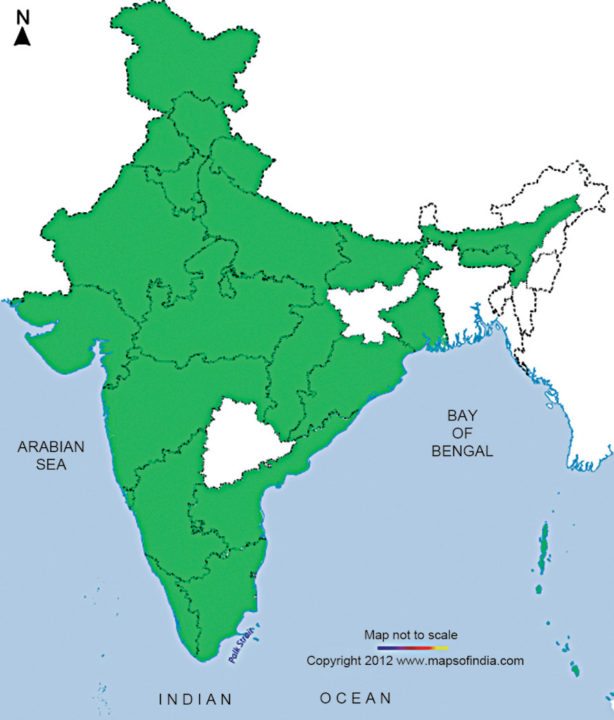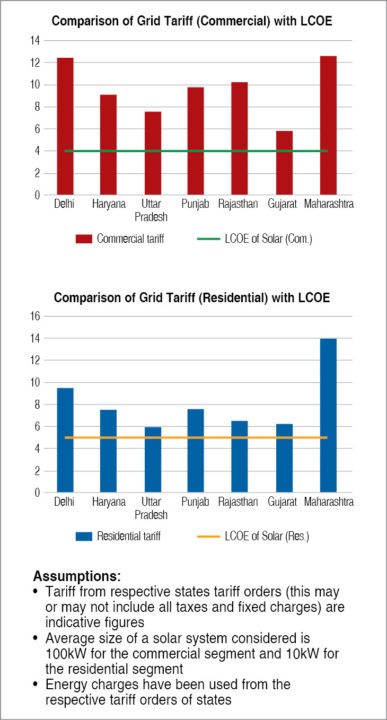Power cuts in homes is not NEWS to us. If you have been living in India, it is something we have all grown up with. Things may have improved from all-night power cuts to perhaps four-hour power cuts in a day in peak summers. But, we are yet to see the day without any power cuts.
If you have been living in residential complexes/apartments, you may not have felt it because the societies provide backup using DG gensets. However, the grid still does not function as a reliable source of energy.

But, there is one state that has done wonders—Gujarat. It was the first state to have an enforced solar policy. Since 2009, it has built a capacity of 957MW and is now a state with 24/7 electricity. In terms of capacity, Rajasthan has overtaken Gujarat. But, Gujarat still stands as a role model in the overhaul it has gone through. One of the main reasons for its success is its connectivity to the grid. Excess electricity produced by a solar power system is fed back to the grid.

Are you aware of the concept of net-metering? Net-metering is a billing arrangement with your utility that determines how you will get credit for any excess renewable electricity delivered by you to the grid. Simply put, you get paid back by your electricity provider for the excess power your solar power system generates. This power is measured using a net-meter, which is a two-way meter that measures what you draw from the grid and what you feed back. The net-metering process is automatic.
This is a brilliant concept, simply because it is a great way to reduce bills in areas that have high power tariffs such as New Delhi and Mumbai. There are a total of 20 states and six union territories with defined net-metering guidelines. The map shown in Fig. 1 marks out the areas where net-metering guidelines are in place. So India does look progressive in achieving its 100GW target for solar!
If we look at the northern states of India and compare their tariffs in the commercial and residential sectors, we can clearly see that levelised cost of electricity (LCOE) from solar panels is much less than the tariffs that are being paid by top-slab customers. It is also evident that it makes sense for commercial customers, and residential is catching up, too.










